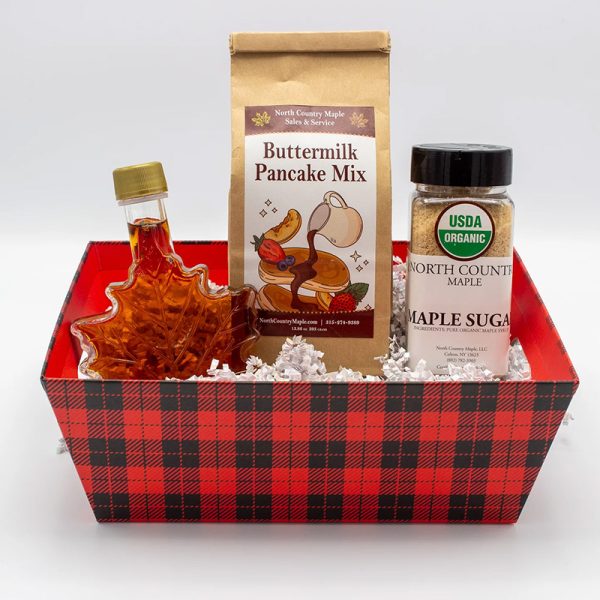Featured Tractors
Stronger Equipment. Local Service. Proven Quality.
Power your work with confidence and precision from North Country Maple Sales & Services LLC, your authorized TYM tractor dealer serving the North Country and beyond. Whether you’re managing a farm, maintaining your property, or tackling tough year-round projects, our lineup of TYM tractors delivers the performance, comfort, and reliability you can count on.
As a family business built on generations of craftsmanship, integrity, and hard work, we know what quality looks like — because we’ve been “Tapping into Quality” since 1984. From our beginnings in maple sugaring to our growing selection of TYM tractors, Amsoil products, and maple equipment, we’re committed to helping our customers get the job done right.


Pure North Country Maple — Tapping into Tradition
For over four decades, our family has been perfecting the art of maple sugaring — turning the bounty of the North Country into pure, golden sweetness. From our very first 60 taps to today’s 6,000-tap operation, every bottle of North Country Maple Syrup is made with care, craftsmanship, and the same commitment to quality that defines everything we do.
Taste the tradition in every pour — whether you prefer rich Amber, dark Robust, or our specialty maple products, each one captures the true flavor of the North Country. Stop by our store or shop online to experience what it means to be Tapping into Quality.
Current Promotions
0% for 60 Months
3.99% for up to 84 Months
$4,000 Instant Cash Rebate
Late Summer Hot Savings Days
Trusted Brands. Proven Performance.
We’re proud to offer more than just great equipment — we provide the power and performance that keep you moving. As an authorized Interstate Batteries dealer, we carry genuine, long-lasting battery products backed by expert service and local support.
We’re also a certified Amsoil dealer, offering a full line of premium synthetic lubricants and filtration products to keep your engines running cleaner, longer, and more efficiently.
Whether you’re maintaining your TYM tractor, truck, or small engine equipment, you can count on Interstate Batteries and Amsoil — trusted brands backed by our same commitment to Tapping into Quality.




















